Japanese Customs
and
Etiquette
Experiencing the Japanese Onsen the Right Way
The Naked Truth!

Japan is a country of hot springs, or onsen. No doubt many visitors were moved to visit Japan out of the desire to try one of these steaming natural springs for themselves, but there is a certain etiquette when it comes to taking a hot spring bath in Japan. Taking the plunge without first getting to grips with what you should or should not do may lead to some surprises and some puzzled looks! So let’s take a look at the proper way to enjoy an onsen before your visit to Japan.
Go Naked!
Take Only What Is Necessary to the Bath

Many non-Japanese might be quite surprised on taking their first dip in an onsen when they see that everyone is naked. For most countries it’s usual to enter a public bath wearing a swimsuit or some other bathing wear, but the Japanese have been bathing naked in communal baths for hundreds of years. In Japan, it is generally not permitted to wear anything when bathing in an onsen.*
Before getting in the bath you should take off all your clothes and leave them along with any valuables and accessories (with the exception of rings and small piercings) in a locker. The key can be worn around the wrist in the same way as a wristwatch and taken into the bath, and it is perfectly fine to get this wet. Do be aware that for cultural reasons, some onsen do not allow people to show tattoos, so if you have a tattoo, even a small one, please check with the staff before entering the bath to find out what to do (some baths may have different policies with regards to tattoos so it’s always better to check first).
Using your smartphone to take pictures in the changing rooms is, of course, not the done thing. And it goes without saying that you shouldn’t be taking your phone into the bathing area. Even if you simply wanted some pictures to post on social media, this may be misconstrued, and could even land you in trouble with the police. If you really must take pictures, then it’s best to do so away from the baths in the entrance or outside.
One towel is usually all that is taken when heading into the baths. Soap and shampoo, and sometimes other bath necessities too, are almost always provided in the baths to use free of charge. It’s worth knowing also that, because of the type of spring water, some onsen don’t allow the use of soap or shampoo, so if you find yourself at one of these hot springs just relax and enjoy taking a soak only in the bath. If you want to brush your teeth then use the sinks in the changing rooms.
* More onsens are allowing bathing wear specifically for women who have undergone surgery following breast cancer or other such treatment. Some places will provide bathing wear free of charge so please ask a member of the staff if you have any concerns.
Hang On!
Wash Before Getting in the Bath

Seeing a huge inviting bathtub before you as you enter the bath, you’d be forgiven for wanting to jump in straight away. But hang on just a second. The rule in Japan is to first douse yourself with water outside the tub. This initial washing down is called kakeyu and it serves to wash away the sweat from your body and feet.
The culture of public baths became popular in Japan during the early Edo period (1603–1868). In those days the roads were unpaved so ordinary folk would get covered in dirt and dust and this would have made the water of any public bath dirty very quickly. Hence, the practice of kakeyu was conceived. Even today, from a purely hygienic perspective, people continue to wash themselves down before soaking in the bath.
With kakeyu, it’s quite normal to scoop some hot water out of the bath with one of the portable bowls or small wooden buckets, and pour water over yourself three or four times starting from your feet and working your way to the upper body. The main purpose is to wash off any dirt but it also helps your body to adjust to the hot water temperature.
After dousing yourself with kakeyu it’s fine to slip into the bath water for a soak, or some people prefer to enjoy a relaxing bath once they’ve washed themselves with soap and shampoo. Either way is fine but when you do wash the soap from your body and the shampoo from your hair, be careful not to splash those around you.
These days more onsens have places for bathers to store their bathing necessities in the bathing area, but it is best to make sure your things don’t get in the way of other bathers, so once you’ve finished washing, take your towel and any other things with you.
Don’t Put Your Towel in the Bath Water!
Relax and Soak in Peace

Putting your towel or soaking your hair in the bath water is not the done thing. You can fold the towel and put it on your head as you relax in the tub or if you have long hair you can use it to keep your hair up. Just be careful you don’t put the towel, or your hair, in the bath water.
The place where the hot spring water gushes out is called the yuguchi. Since it is from here where the freshest, cleanest spring water pours out, bathers tend to want to soak themselves close by. So when getting in to the bath, the proper etiquette is to enter from the foot of the bath, away from the yuguchi. Rather than clambering in to the tub where people are relaxing, find a spot where you can get in without disturbing others. Step in and slowly immerse yourself into the water and as your body gets used to the hot water, gradually make your way toward the yuguchi.
In a public bath such as an onsen, it is bad manners to play around, dive or swim about in the water. Japanese hot springs often have an outdoor bath too, so take your time, relax and listen to the sounds of nature.
Yakult Man Says...
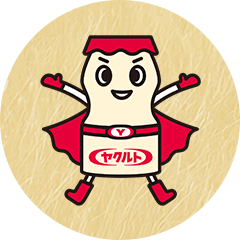
The Changing Rooms and Toilets Are Public Spaces Too
So Mind Your Manners

After you get out of the bath give yourself one final wash down with kakeyu. Unlike the kakeyu you pour over yourself before you get in the bath, this last kakeyu is for washing off any sweat, or for washing away any loose hairs from being in the hot bath. For this reason, many people prefer to wash off with the shower instead of the kakeyu.
Before you leave the bathing area and enter the changing room, wring out your towel and wipe away any excess water from your body and hair. Leaving the bathing area still wet will leave the floor of the changing room soaking wet which is not very nice for the people who are taking their clothes off.
If there is a space in the changing room with hair dryers and mirrors, this is the place where you can dry your hair or do your make-up. Many people go to the onsen on weekends and during the holidays so if there are people waiting to use the dryer or mirror, try to finish up as soon as you can. As you finish, check to see you haven’t left any loose hair and if you have, it’s good manners to pick it up and put it in the wastebasket. Lastly, check you’ve not forgotten anything and then leave.
The whole point of taking an onsen is to soak and relax in a nice big hot bath, to unwind and relieve the stresses and fatigue of our everyday lives. By following the rules and enjoying a relaxing onsen, you too can refresh the body and mind.
Other Features
-
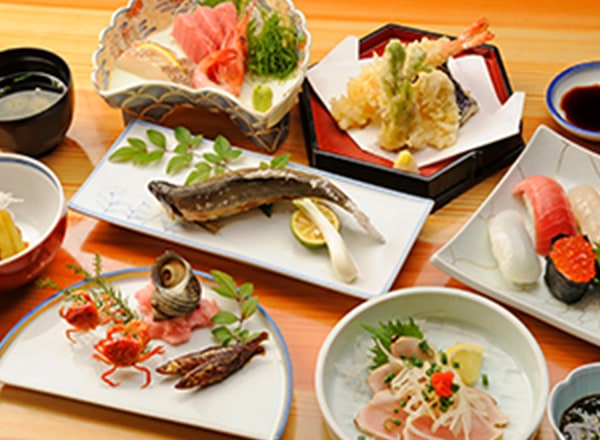
Enjoying a meal the Japanese Way, for Everyone to Enjoy! 5 Table Manners Born from Japanese Culture
-
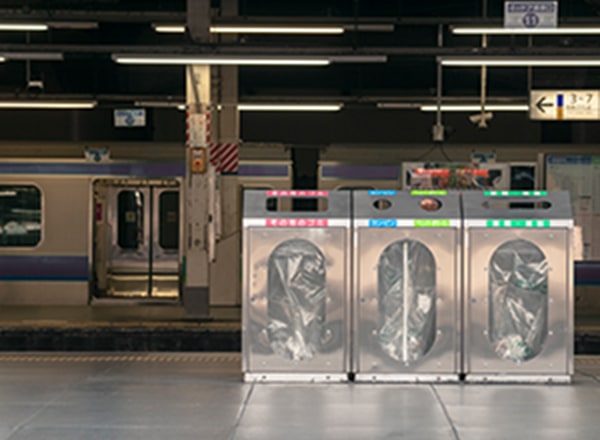
Did You Know? 4 Ways to Behave in Public in Japan
-
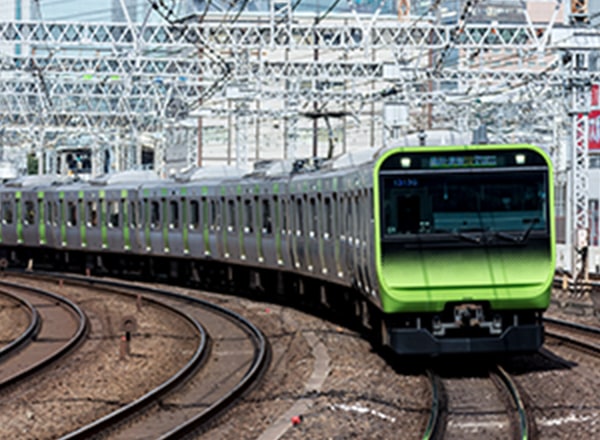
For Trouble-Free Public Transport, Less “Putting Up With” and more “Consideration”
-
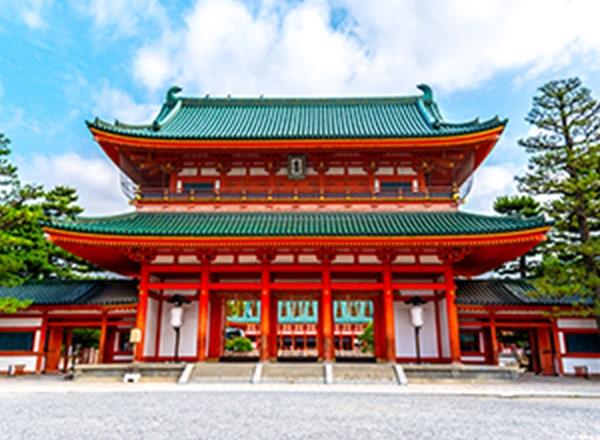
Get the Answer to Your Prayers with the Proper Etiquette! How to Visit a Shrine or Temple in 5 Steps



Even if the hot spring water feels really good, if you stay in for too long you run the risk of dehydration, and feeling dizzy or faint. That’s why it’s a good idea to drink a cup of water before getting in. If you feel yourself getting too hot, try sitting with only your bottom half in the water, or get out and take a rest so you can relax and enjoy your bath.